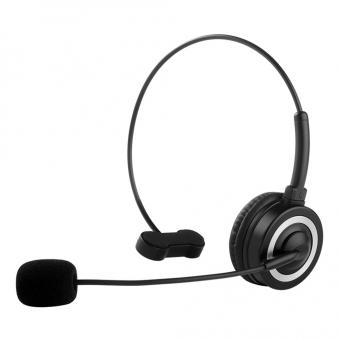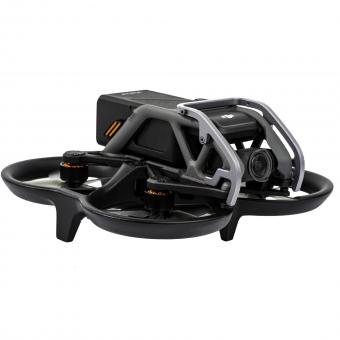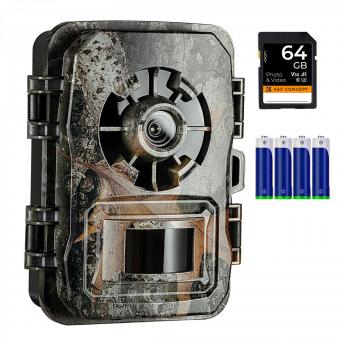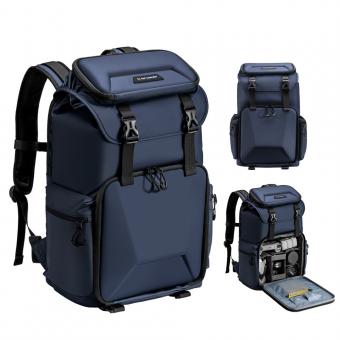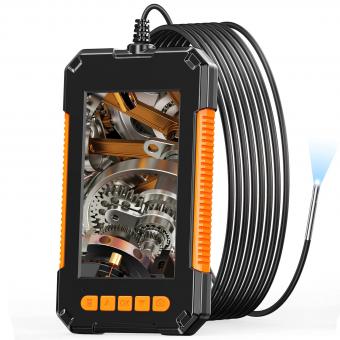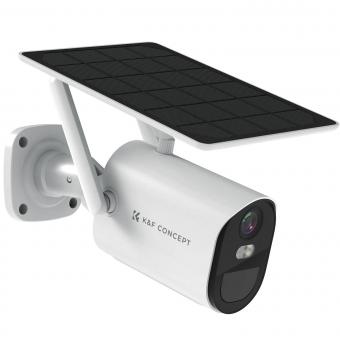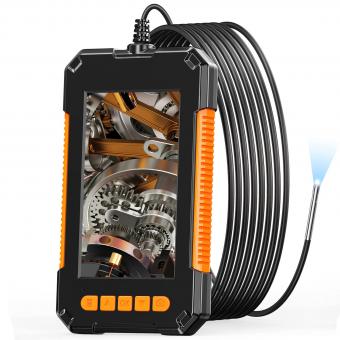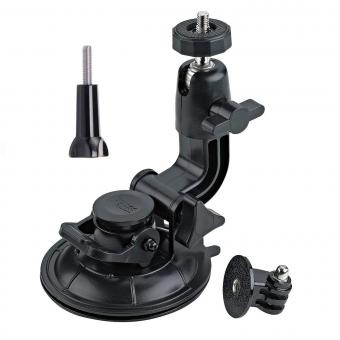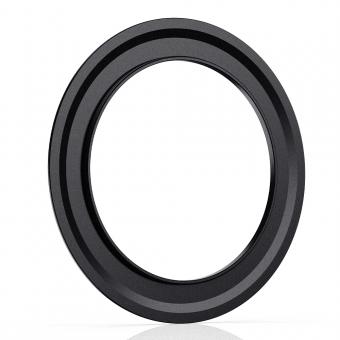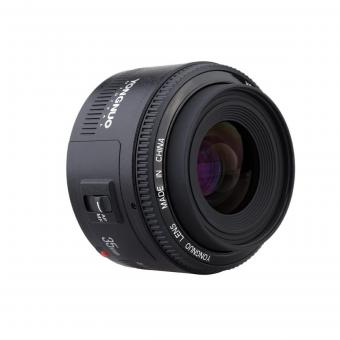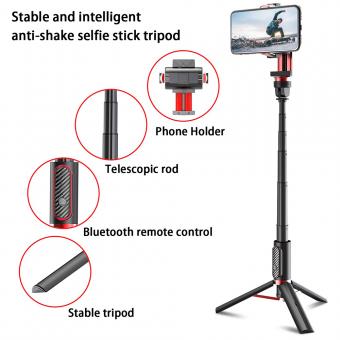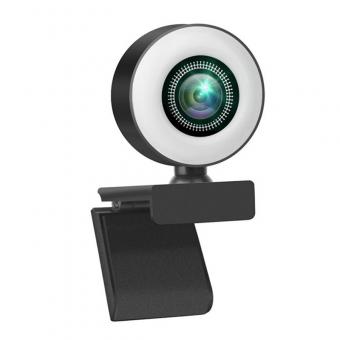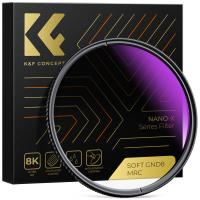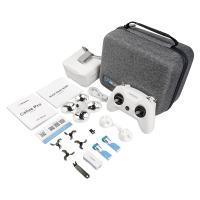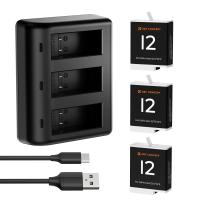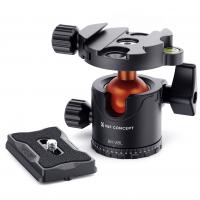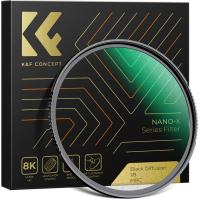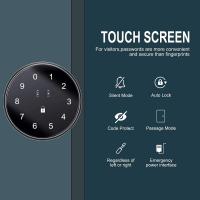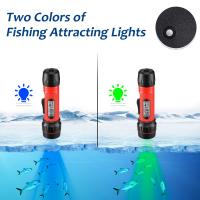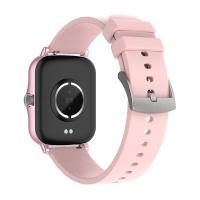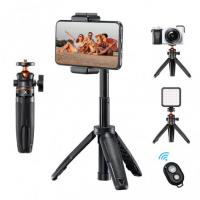Does Stolen Camera Finder Work?
In the digital age, the loss or theft of a camera can be a devastating experience, not just because of the monetary value of the device but also due to the irreplaceable memories stored within. Fortunately, technology has evolved to offer solutions that can help recover stolen cameras. One such solution is the "stolen camera finder." This article delves into the functionality, effectiveness, and practical applications of stolen camera finders, providing a comprehensive guide for those who may find themselves in the unfortunate situation of having their camera stolen.
Understanding Stolen Camera Finders
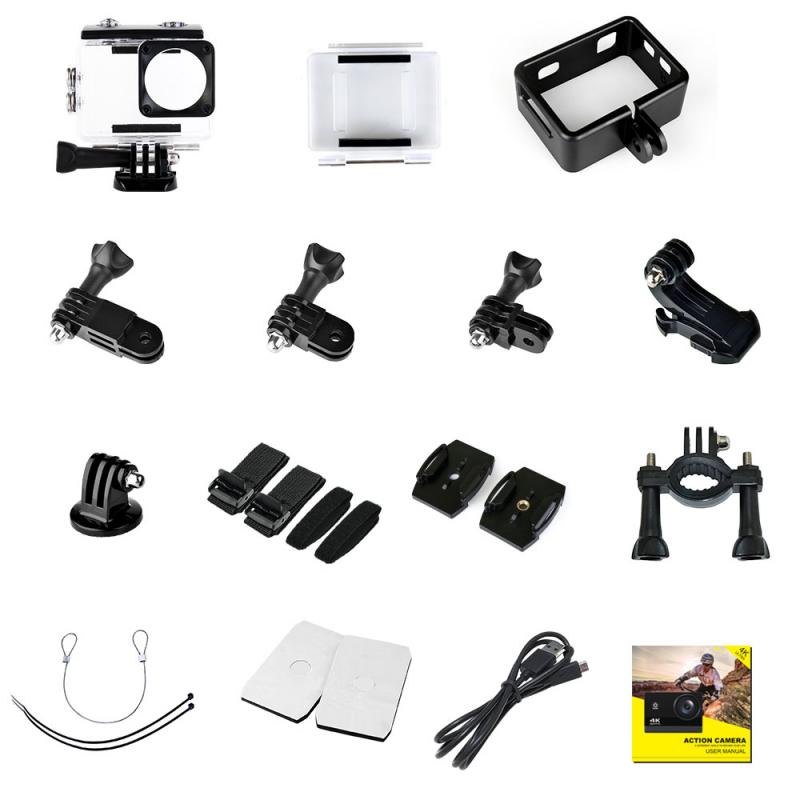
Stolen camera finders are tools or services designed to help locate a stolen camera by using the unique metadata embedded in digital photos. Every digital camera embeds a unique serial number in the metadata of each photo it takes. This serial number, known as the EXIF (Exchangeable Image File Format) data, can be used to track the camera if it is used to take photos that are subsequently uploaded to the internet.
How Stolen Camera Finders Work
The basic principle behind stolen camera finders is the use of EXIF data to search for photos taken with the stolen camera. Here’s a step-by-step breakdown of how these tools typically work:
1. Upload a Photo: The user uploads a photo taken with the stolen camera to the stolen camera finder service. This photo should ideally be one of the last taken before the camera was stolen.
2. Extract EXIF Data: The service extracts the EXIF data from the uploaded photo, specifically the camera’s serial number.
3. Search the Web: The service then searches the internet for photos that contain the same serial number in their EXIF data. This involves scanning various photo-sharing websites, social media platforms, and other online repositories where photos might be uploaded.
4. Identify Matches: If the service finds photos with matching EXIF data, it provides the user with information about where these photos were found, potentially leading to the recovery of the stolen camera.
Effectiveness of Stolen Camera Finders
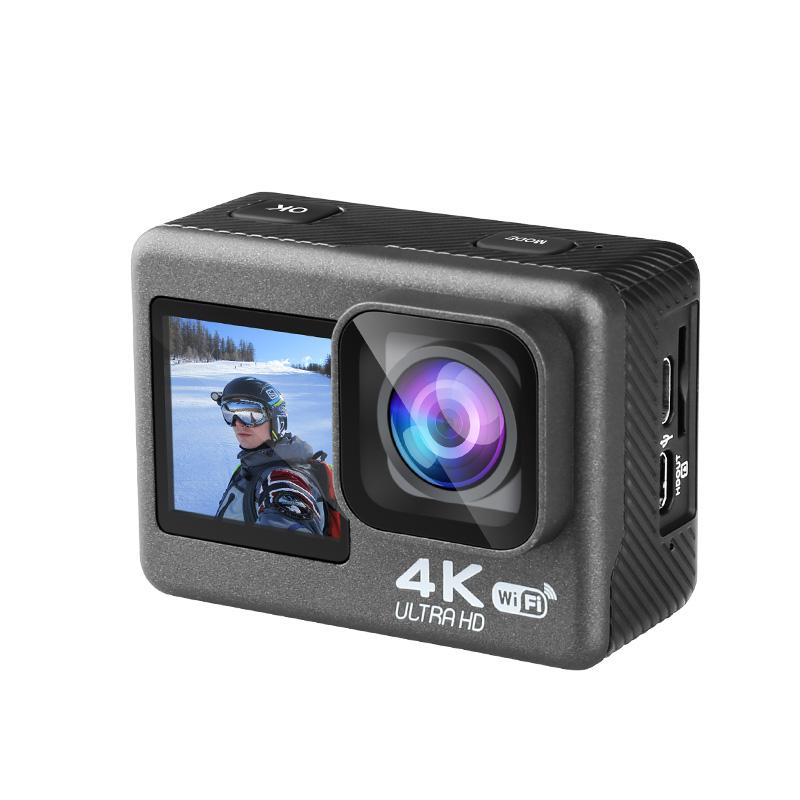
The effectiveness of stolen camera finders can vary based on several factors:
1. Internet Presence: The success of a stolen camera finder largely depends on whether the thief or the new owner of the stolen camera uploads photos to the internet. If the camera is used offline or the photos are not shared online, the chances of recovery diminish significantly.
2. EXIF Data Integrity: Some photo-sharing platforms strip EXIF data from photos to protect user privacy. If the EXIF data is removed, the stolen camera finder will not be able to identify the photos taken with the stolen camera.
3. Search Scope: The comprehensiveness of the stolen camera finder’s search algorithm and the range of websites it scans can also impact its effectiveness. More extensive searches increase the likelihood of finding a match.
Practical Applications and Limitations
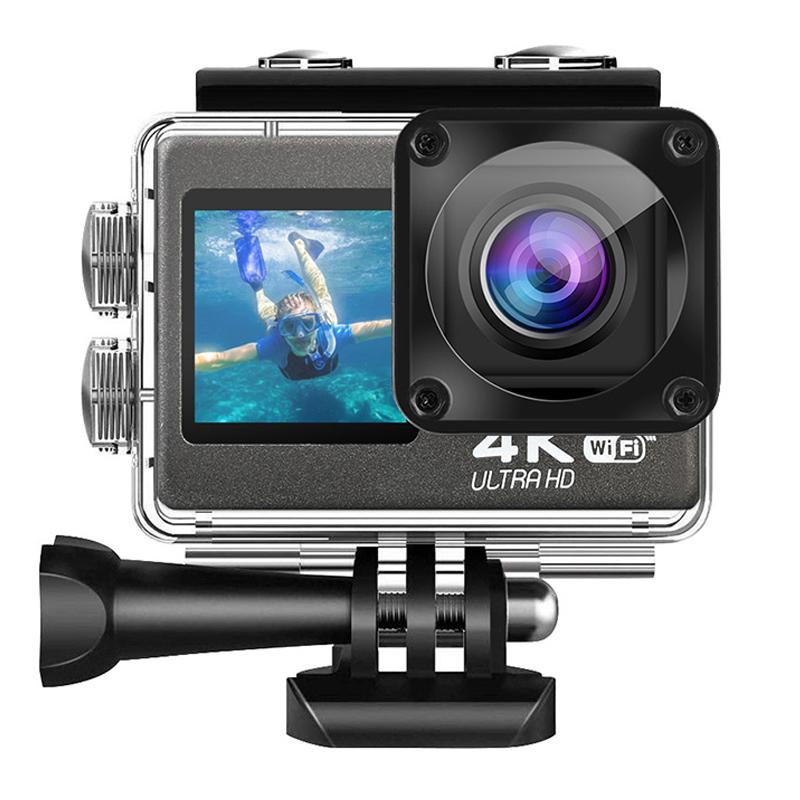
While stolen camera finders offer a promising solution for recovering stolen cameras, they are not foolproof. Here are some practical applications and limitations to consider:
Practical Applications
1. Peace of Mind: Knowing that there is a tool available to help locate a stolen camera can provide some peace of mind to photographers and camera owners.
2. Proactive Measures: Users can take proactive measures by regularly uploading photos to the stolen camera finder service, ensuring that the EXIF data is readily available in case of theft.
3. Community Support: Some stolen camera finder services have community forums where users can share information and tips, increasing the chances of recovery through collective effort.
Limitations
1. Dependence on Internet Activity: As mentioned earlier, the effectiveness of stolen camera finders is heavily dependent on the thief or new owner uploading photos online. If this does not happen, the tool cannot function.
2. Privacy Concerns: Some users may have concerns about uploading their photos to a third-party service, even if it is for the purpose of recovering a stolen camera. Ensuring the service’s privacy policies are robust and transparent is crucial.
3. False Positives: There is a possibility of false positives, where the service identifies photos with similar but not identical EXIF data, leading to potential confusion or misidentification.
Steps to Take if Your Camera is Stolen
If your camera is stolen, here are some steps you can take to increase the chances of recovery:
1. Report the Theft: Immediately report the theft to local law enforcement and provide them with the camera’s serial number and any other identifying information.
2. Use a Stolen Camera Finder: Upload a recent photo taken with the stolen camera to a stolen camera finder service and initiate a search.
3. Monitor Online Marketplaces: Keep an eye on online marketplaces such as eBay, Craigslist, and local classifieds for listings that match your camera’s description.
4. Spread the Word: Share information about the stolen camera on social media and photography forums. The more people who are aware of the theft, the higher the chances of someone recognizing the camera if it appears online.
5. Check Pawn Shops: Visit local pawn shops and provide them with the camera’s serial number. Thieves often sell stolen goods to pawn shops, and some shops keep records of serial numbers.
Conclusion
Stolen camera finders represent a valuable tool in the fight against camera theft, leveraging the power of EXIF data and the internet to help recover stolen devices. While they are not a guaranteed solution, they offer a proactive approach that can significantly increase the chances of recovery. By understanding how these tools work and taking appropriate steps in the event of a theft, camera owners can better protect their valuable equipment and cherished memories.

